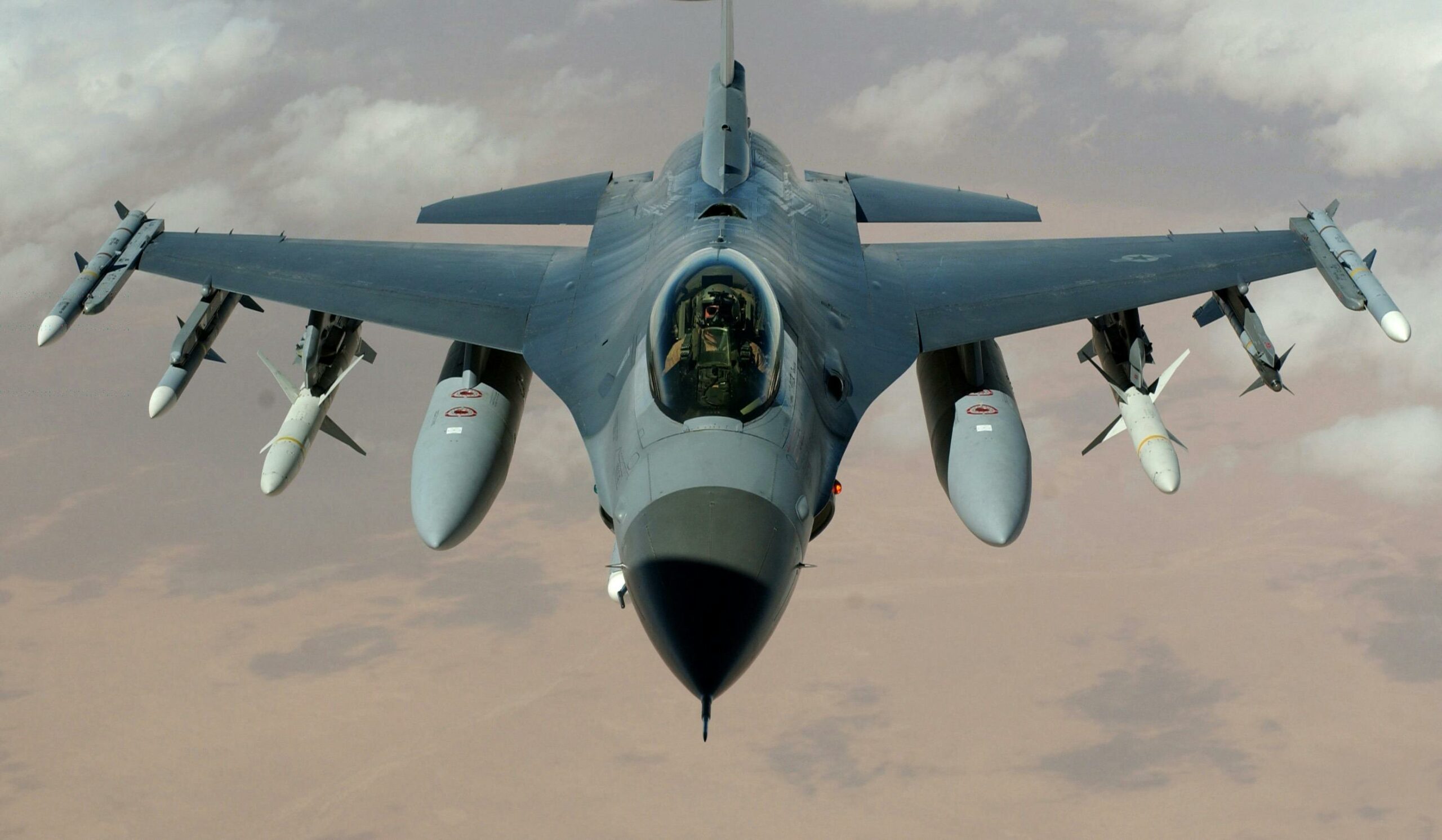Above and Beyond: A Guide to Emergency Preparedness for Flight Crews

How do the airplane crew prepare for an emergency? In the world of aviation, safety is paramount. Flight crews undergo rigorous training to ensure they can handle any situation that arises during a flight. From mechanical failures to medical emergencies, they are prepared to weather the storm and keep passengers safe. However, one aspect of safety that is often overlooked is emergency preparedness for turbulence. In this article, we’ll explore the importance of turbulence preparedness for flight crews and provide valuable insights into how they can effectively manage this challenging aspect of flying.
Understanding Turbulence: Nature’s Roller Coaster
Turbulence is a natural phenomenon caused by irregularities in the atmosphere, such as air currents, thermal convection, or jet streams. It can range from mild bumps to severe jolts, depending on various factors such as altitude, weather conditions, and terrain.
For flight crews, understanding the different types of turbulence is crucial for effective preparedness. Clear-air turbulence (CAT), for example, often occurs at high altitudes and is difficult to detect on radar, making it particularly challenging to anticipate. On the other hand, convective turbulence is associated with thunderstorms and can be forecasted with the help of weather radar and satellite imagery.
Pre-flight Preparations: Setting the Stage for Safety

Before every flight, flight crews conduct thorough pre-flight preparations to ensure the safety and comfort of passengers. As part of this process, they review weather forecasts, NOTAMs (Notice to Airmen), and any relevant turbulence reports to assess the potential for turbulence along the planned route.
Flight crews also collaborate closely with dispatchers and meteorologists to obtain real-time weather updates and make informed decisions regarding route adjustments or altitude changes to avoid areas of significant turbulence. Additionally, they conduct pre-flight briefings to inform passengers about expected weather conditions and any potential turbulence they may encounter during the flight.
In-flight Strategies: Navigating Through Turbulent Skies
Despite careful planning, turbulence can still occur unexpectedly during a flight. In such situations, flight crews rely on their training and expertise to manage the situation effectively and ensure the safety and comfort of passengers.
One of the primary responsibilities of flight crews during turbulence is to maintain open communication with air traffic control (ATC) and provide regular updates on the aircraft’s status and any deviations from the planned route. This allows ATC to provide assistance and guidance as needed and helps ensure a coordinated response to the situation.
Flight crews also implement specific in-flight procedures to minimize the impact of turbulence on passengers and crew. This may include adjusting the aircraft’s speed and altitude, securing loose objects and galley carts, and reminding passengers to fasten their seatbelts and remain seated until the turbulence subsides.
Turbulence Response Training: Preparedness in case of Emergency
Flight crews undergo comprehensive training in turbulence response techniques as part of their initial and recurrent training programs. This training equips them with the knowledge and skills needed to recognize the signs of turbulence, assess its severity, and take appropriate action to ensure the safety of everyone on board.
Simulator sessions allow flight crews to practice responding to various turbulence scenarios in a realistic and controlled environment, enabling them to hone their decision-making abilities and coordination skills under pressure. Additionally, recurrent training sessions and safety seminars provide opportunities for ongoing learning and skill development to stay updated on the latest techniques and best practices in turbulence response.
Passenger Care: Putting Comfort First
In addition to ensuring the safety of the aircraft, flight crews prioritize the comfort and well-being of passengers during turbulence. They provide reassurance and clear communication to help alleviate anxiety and maintain a calm atmosphere onboard.
Flight attendants play a crucial role in passenger care during turbulence, providing support to passengers who may be feeling unwell or anxious. They offer water, snacks, and assistance with seating arrangements as needed and monitor the cabin for any signs of distress among passengers.
Post-flight Debrief: Learning from Experience
After every flight, flight crews conduct a post-flight debriefing to review the handling of any turbulence encountered during the flight. This allows them to identify lessons learned, share feedback and insights, and make recommendations for improvement.
By reflecting on their experiences and discussing potential areas for enhancement, flight crews continuously strive to enhance their preparedness and response capabilities for future flights. This commitment to ongoing learning and improvement is essential for maintaining the highest standards of safety and professionalism in aviation.
Navigating Turbulent Skies with Confidence
Turbulence is an inevitable part of flying, but with proper training, preparation, and teamwork, flight crews can navigate through turbulent skies with confidence and ensure the safety and comfort of everyone on board. By understanding the nature of turbulence, conducting thorough pre-flight preparations, implementing effective in-flight strategies, and prioritizing passenger care, flight crews play a critical role in weathering the storm and ensuring smooth skies ahead.
